Christmas Hours: We will be closed from 1pm on the 24th of December for the Christmas holidays, reopening as normal on the 2nd of January.
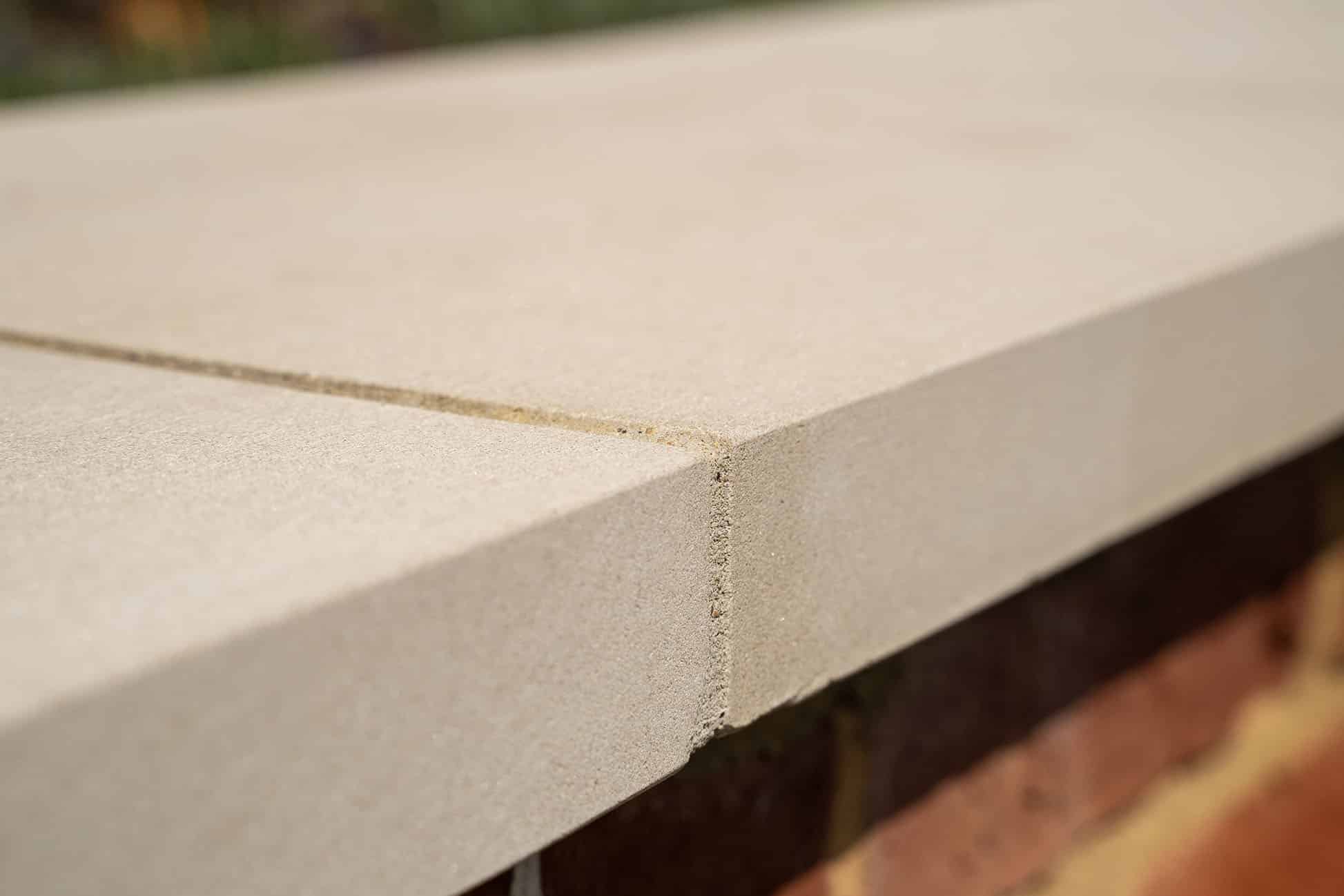
Stone step treads are a finishing touch that can elevate any landscaping or building project. Whether you’re designing a grand entrance, a garden pathway, or steps connecting different levels in your outdoor space, getting the details right matters. Quality step treads not only enhance the overall design but also ensure safety and durability for years to come.
Below are five key tips to help you achieve the perfect finish with your stone step treads—along with a few extra insights to help you make the right decisions from the start.
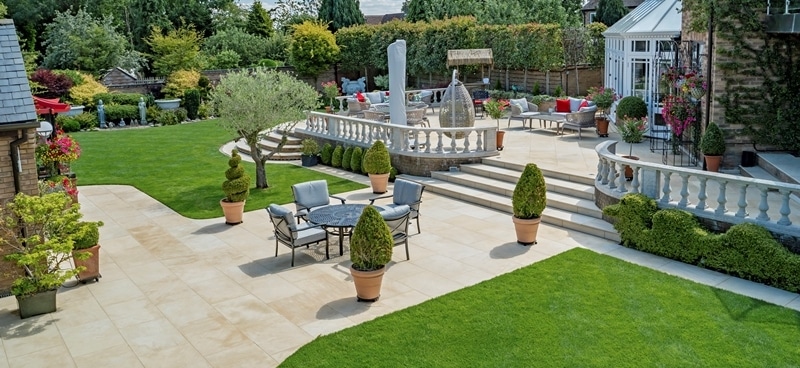
When you’re aiming for a clean, modern look with strong structural integrity, sawn-edged step treads are the way to go. This style provides a consistent, straight edge, which means your joints will be uniform across the step and much easier to grout neatly.
Sawn edges also allow for better adhesion of jointing compounds. Unlike hand-cut or fettled edges, where gaps and undercuts can cause the grout to fall out over time, sawn edges keep everything in place, leading to a longer-lasting result.
At Stoneworld, our bullnosed step treads come with a calibrated thickness, which helps ensure a level finish across every step. When laying, you won’t need to compensate for varying thicknesses—saving both time and frustration during installation.
When it comes to stone step treads, selecting the right material is crucial. At Stoneworld, we offer Bullnosed step treads with a sawn joint edge, which brings several advantages over traditional hand-cut edges. By utilizing a sawn joint edge, we ensure that the joint width at the surface is consistent, making it easier to fill the joints with jointing compound and providing better support for the overhang. Our steps are also calibrated to ensure a uniform thickness, allowing for simple and easy installation and a safe, flat surface.
Tip: Use tape to cover joints and keep grout in until it cures.
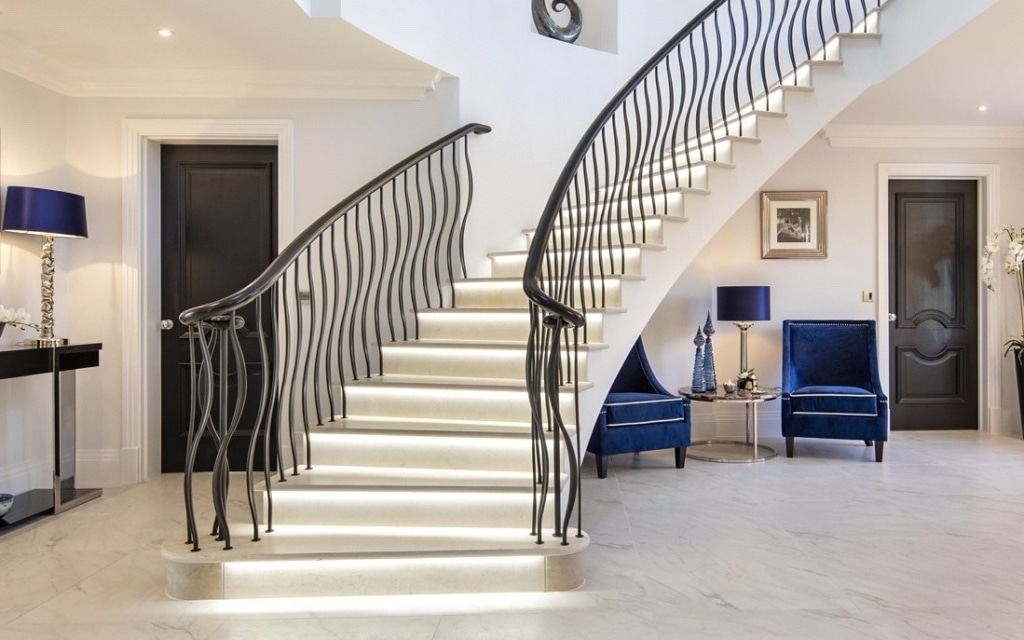
One of the most common reasons step joints fail over time is poor edge design. Undercut edges—typically found on hand-split stone—create hollow spaces beneath the joint, making it difficult for the compound to bind securely. The result? Grout that quickly washes away or crumbles under pressure.
By choosing treads with properly sawn edges and square joints, you create a secure platform for grout to adhere to. It’s not just about aesthetics—it’s a structural improvement that adds to the step’s lifespan.
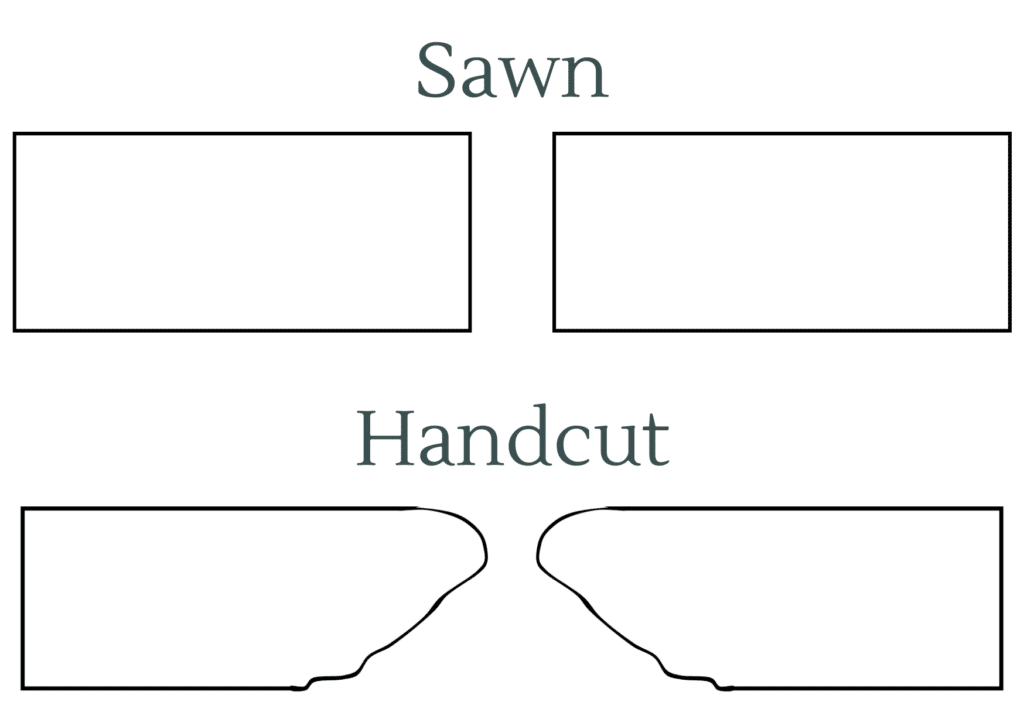
While sharp lines and clean edges suit many modern designs, some projects benefit from a more traditional, rustic look. Tumbled paving is a great choice for this style. The tumbling process softens the stone’s appearance by rounding the edges and giving it a worn-in, aged finish.
Tumbled steps can be paired with a variety of paving styles, and they’re especially popular in period properties or gardens where a more natural aesthetic is desired. They still offer reliable performance but bring a softer charm that feels like it belongs.

No matter how premium your stone is, poor installation can lead to problems. A solid foundation is essential. Each tread should be laid on a well-prepared mortar bed or an appropriate outdoor adhesive to ensure proper bonding.
You should also check that each tread is level front to back and side to side. An uneven tread isn’t just unattractive—it’s also a trip hazard. And when it rains, poor levelling can result in puddles and slippery surfaces.
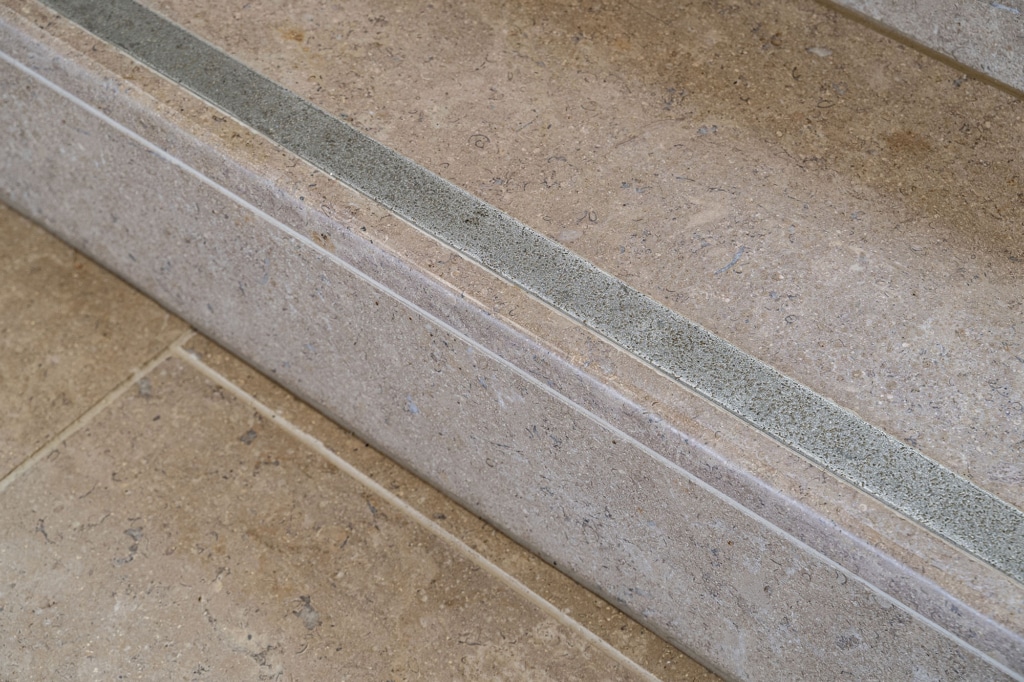
Stone step treads are low-maintenance by nature, but they’re not maintenance-free. Over time, weather, foot traffic, and dirt can affect both the stone surface and the jointing material.
To keep your steps looking great:
Applying a breathable sealer, such as Rob Parker’s Best Patio Sealer, can also help protect your stone from water ingress and staining, especially in areas prone to moss or damp.
The correct installation and design of stone step treads are essential for creating a visually striking and safe outdoor space. By choosing high-quality materials, such as Bullnosed step treads with a sawn joint edge, you can ensure the longevity and stability of your staircase or natural stone steps.
Understanding the challenges posed by gravity and jointing compounds, along with following proper installation techniques, will result in a functional and aesthetically pleasing set of steps, whether you prefer a modern or rustic look.
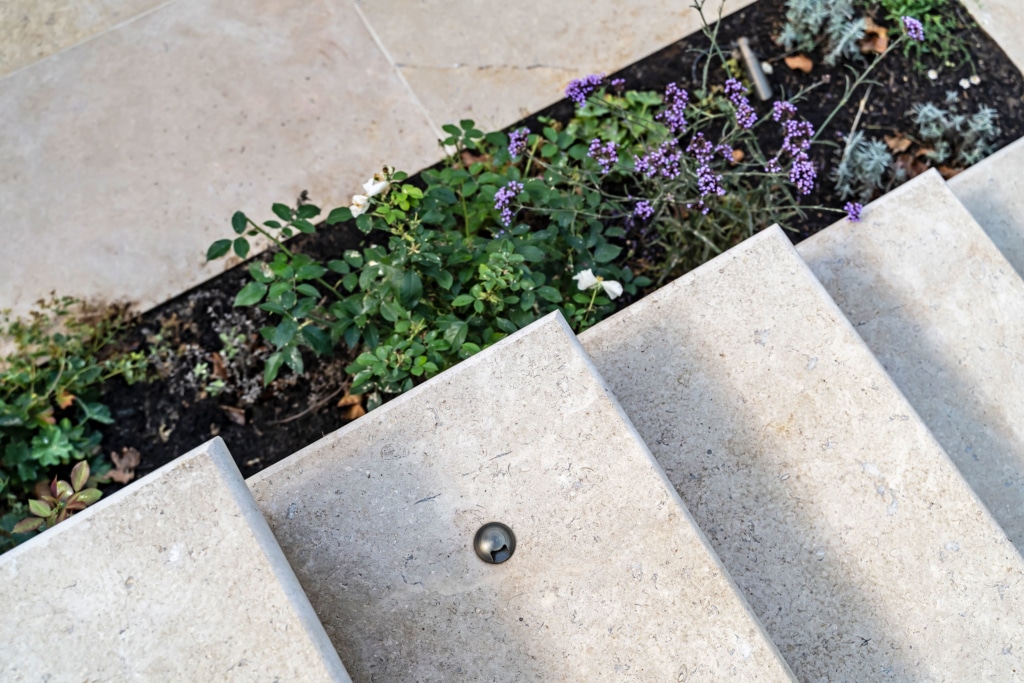
Getting stone step treads right is all about balancing looks, function, and longevity. From choosing the right edge profile to laying each tread with care, every detail makes a difference.
If you’re planning a project that includes stone steps, feel free to contact our team. We’re happy to advise on material choice, layout, finishes, and even custom solutions tailored to your space.
All of our pool copings can be supplied as step treads. You can find our full range of natural stone pool copings here.